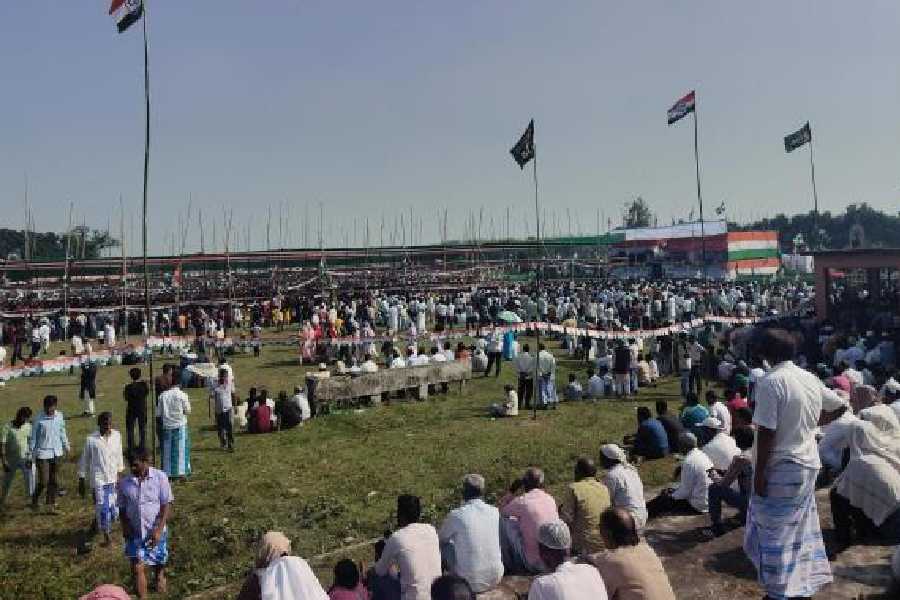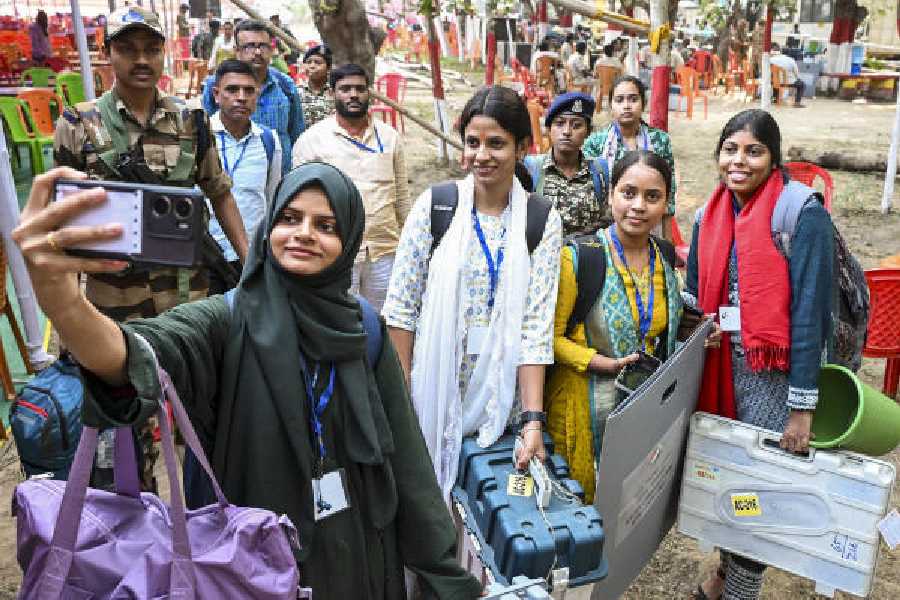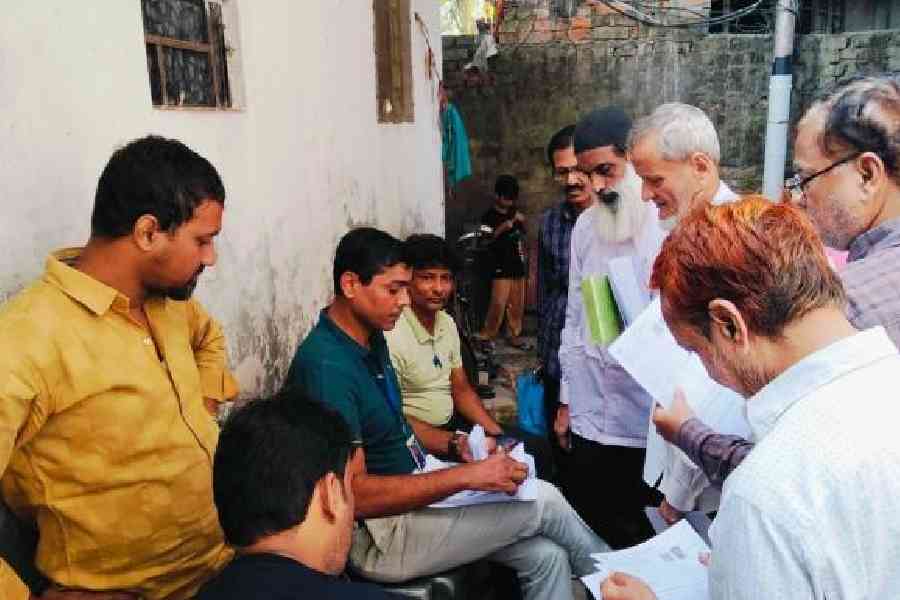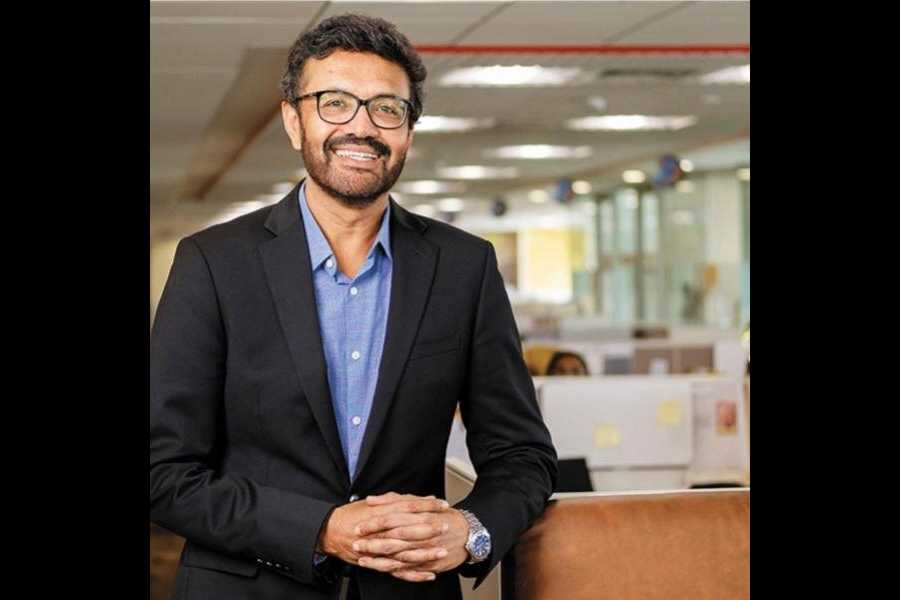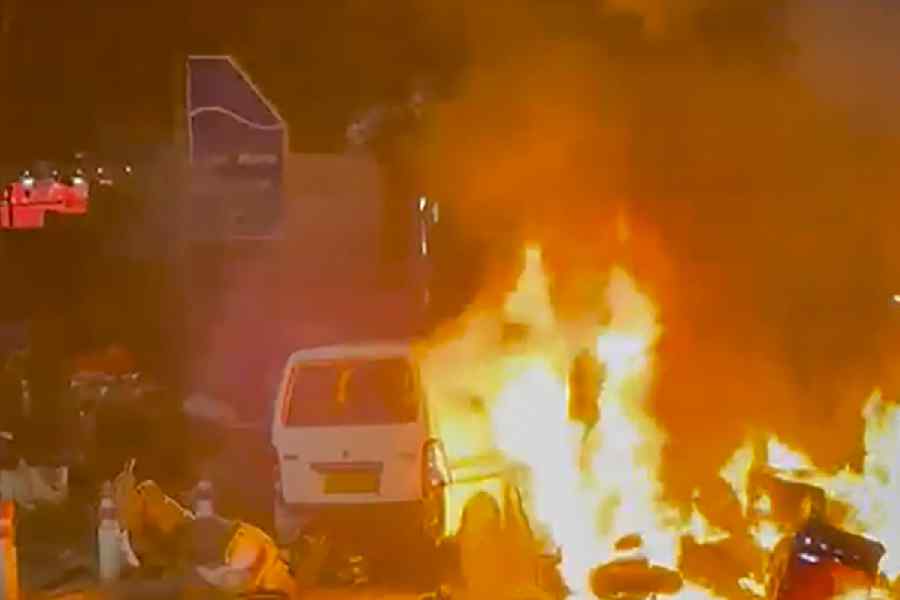For the Odia language, Odia people whose mother tongue is Odia and who speak and write Odia. By and large, it is for the state of Odisha which was formed on the basis of Odia speaking people. All these years as if we were only waiting for such an occasion to happen so that we would rise from a deep slumber of apathy, neglect and unconcern to catch on the wave.
Now, those who do not speak and write Odia are excited, jubilant and they have their own agenda. The ‘tag’ is more than a declaration; it will give us a hundred and forty crores of rupees over a period of time to lavishly spend on a building, probably a university, a global conference, an international award and many more such largess including research on Odia language.
Question remains with us how to define the language of a people? Is this devoid of the culture of the land? What kind of language is it? Are the dialectics spoken by the people of west Odisha, south Odisha, north Odisha, and language of a substantial majority of tribal people who have their own language included in our definition of language?
Will the language care for ancient and medieval literature, manuscriptology, epigraphy, numismatics, shilpa texts, tantra texts, Ayurved, Odia architecture, Odia art and folk literature?
Unless the educated people of Odisha are considerate enough and dwell upon the definition of language in a wider perspective, the tag will lose its significance.
All these years, what were we looking for? Was it for money or for one impetus to make us responsible to our own duties as Odia and people of Odisha to care for our mother tongue?
We are glorious people and claim to have given birth to all the luminaries, starting from Kalidas, Vishnu Sarma, Chaitanya, Jayadev to Subhash Chandra Bose. Besides the marginality of Odia language, we have Odia architecture, both religious and secular, and Odia art, which we have neglected. We have relegated Odia art to the status of craft devoid of imagination and novelty, we feel proud when somebody suggests that he could build another Konark. We never question the credibility of the proposal. What is important at the moment is to preserve our monuments and not to replicate them.
We already have an Odia language institute Odisha Sahitya Akademi and several Odia teaching departments at the colleges and universities across the state. We have a university of culture for more than a decade in a pitiable condition which teaches Odia music, Odia dance, Odia modern sculpture and painting. Above all this, we will now have an apex institute of Odia language and culture. If somebody feels that by introducing Odia teaching medium in a culture university, the objective of classicism can be achieved there in gross misjudgement. Within the Odia research parameters there is enough scope for the use of English to open up to the world literary and cultural forum. Along with Odia, English should be respected as a link language for translation studies.
Odias are terribly weak in art writing and art history. Odisha is so rich in cultural wealth and so little has been achieved in this direction so far that there is need to include research in art history in the institute to come up in near future. If the state government failed to create even a post of a lecturer in art history because of paucity of funds, the sizeable amount of money that the classical tag will give us should be utilised to make up our deficiency.
We should now try to redeem some of the evils we have created in the field of research on medieval Odia texts. The editing section that was a part of culture department should be revived. All over the world, objects without visual sense are separated from the purview of the museums. As such, thirty thousand palm leaf manuscripts stored in the Odisha State Museum should now form a part of the proposed Odia institute. Odia texts should be retrieved from the palm leaf folia, edited and published. We need a number of qualified editors to take up such work.We will have to design the institute, its teaching courses and research facilities. In case, a course structure is to be installed, its applied potential should be explored. The Odia publications should have summaries in English language appended. Research should be focused and beating around the bush approach should be avoided. The standard of publication should be professional and include audio books.
All these seem an uphill task and will need vision and tenacity. For the prosperity of Odia language and culture, short-term planning and ad-hocism should be avoided. I was intently listening to an Odia professor delivering a sermon on the Odia dress code. He was insisting on wearing dhoti as a pre-requisite to sustain the classical tag. May god bless us.
(The author is a noted art scholar)


